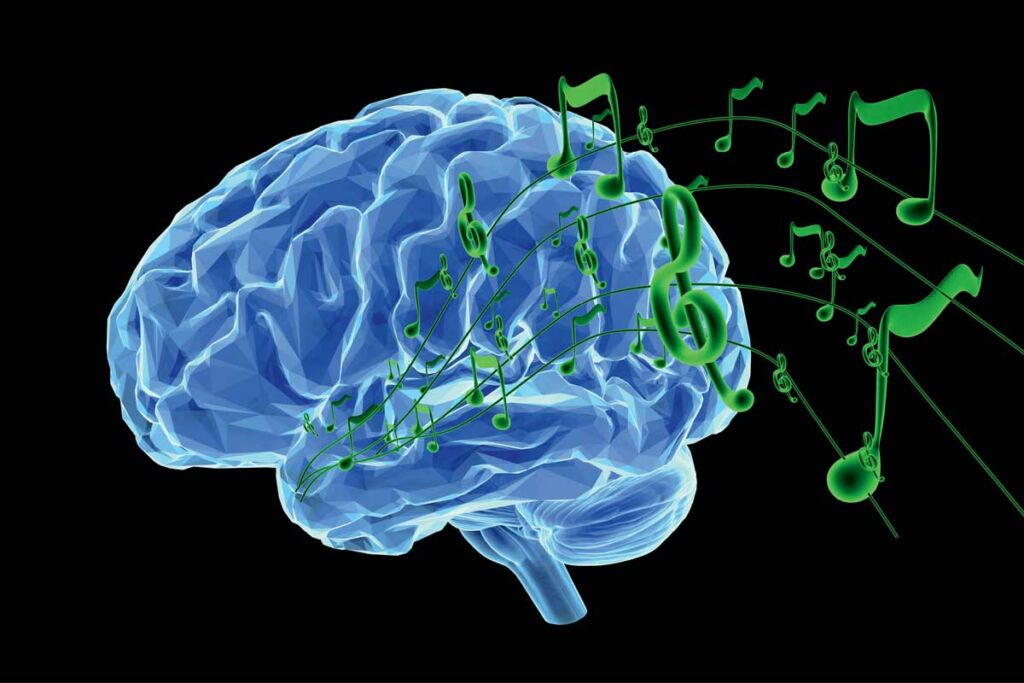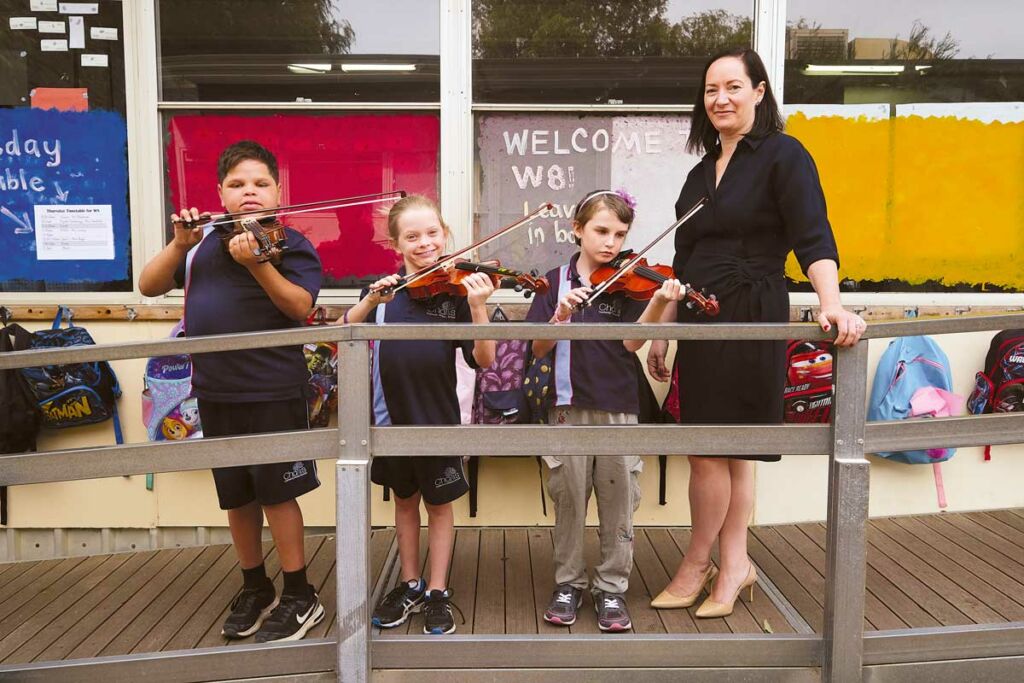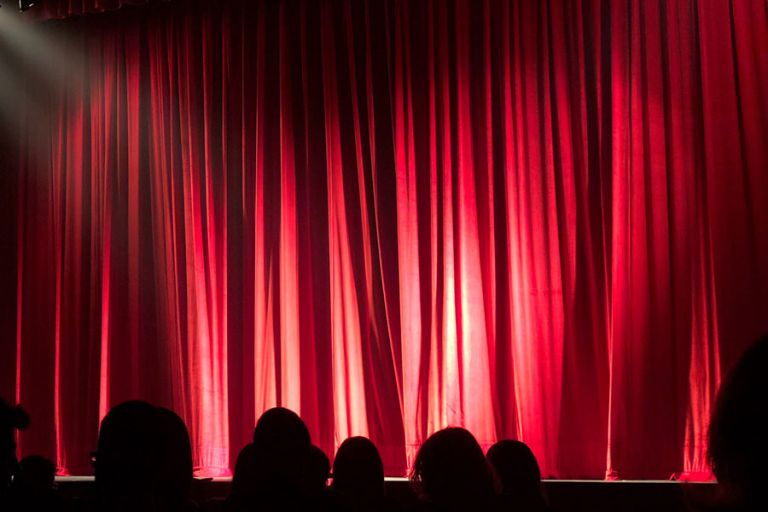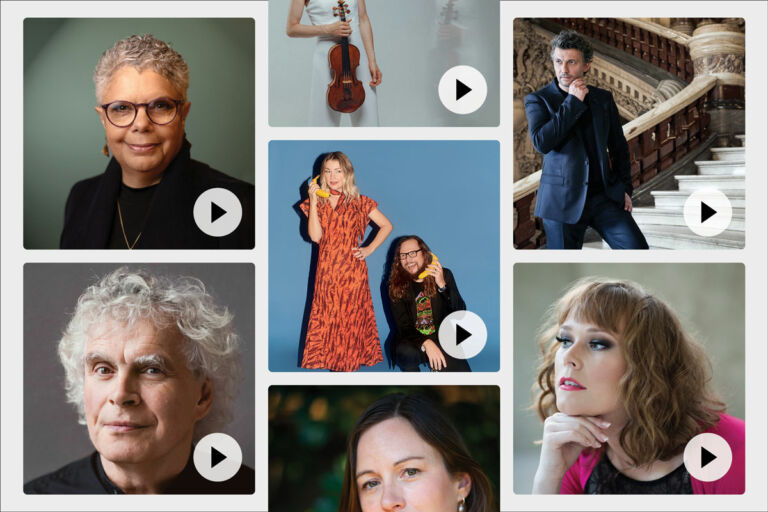Why does music make us feel so good? Neuromusical educator Dr Anita Collins explains what happens in the brain when we listen to music, and how fireworks really explode when we play an instrument or sing together.

Why does music make us feel so good? To answer this question, I feel like I need to try to stand on the shoulders of Aristotle and Plato, as I try to craft a journey for you that will ultimately quantify the unquantifiable.
It struck me that I could start by dazzling you with science, rattle off terms like dopamine and oxytocin, and explain how music ignites fireworks in the brain. This is the bread and butter of my work as a neuromusical educator. I work to share research into how the brain processes music and how we now have names for networks and pathways that music activates. These labels provide a language for our feelings when we both listen and learn music, and in our evidence-based world also provide a type of legitimacy to those feelings. The most common phrase I hear after I explain an element of the science of music is, “Is that why it calms me down/makes me happy/takes me to another place?”
For those readers who leaned in just a bit as they read the words dopamine and oxytocin, don’t worry, I will get to the fun science stuff. Those who know my work will know I wouldn’t be able to help myself! But as I mused about this topic, I thought I might choose the path less travelled, which is the path I find far more fascinating: how does music make us feel so good?
Musician, music educator, neuromusical educator
I should begin by bringing you into my own world of music. Working backwards, I now hold the title of neuromusical educator – and you guessed it, it is a made-up title. I had to make it up because I kept being asked what I did for a living and my answers made no sense. I stumbled over my words and the person who asked the question would inevitably look perplexed and a little concerned for my cognitive stability.
So now I say, “I am a neuromusical educator”. The questioner looks somewhere between intrigued and bewildered, and then says “Wow, what does that mean?” This response then gives me the opportunity to say, “I teach people about music and the brain. I share the research from neuroscientists and psychologists about how music is processed, serves many roles in our cognitive development and supports our cognitive, emotional and physical health throughout our lives”.
Underpinning this research niche is my teaching practice as a music educator. This is actually my happy place, watching students, teachers and adults grow, heal and transform through learning music. I didn’t realise how privileged I was until the ABC documentary from Artemis Media, Don’t Stop the Music [in which Collins was involved as an on-screen expert] had finished airing and the Australian public were in awe as to how the students from Challis Community Primary School [in the Perth suburb of Armadale] had transformed through learning music for just one year. I hadn’t realised, but I get to see this transformation several times every year all over the country. I will be forever grateful to the documentary for opening up my music education world to the Australian public.

Underneath my teaching practice is my musical practice, which is primarily as an accidental classically-trained clarinettist. Imagine a nine year old who was given a clarinet because they ran out of flutes and was taught how to read music. That one decision led to helping me learn how to read (when I was a secret non-reader). This gave me something to be good at, which boosted my self-esteem, exploded my world view by taking me all over the globe on music tours, sent me to university to train to become the best of the best in music, and ultimately showed me that my vocation was to educate the next, and the next, and the next generation of Australian children.
This little detour is not meant to be a bio on how I got here but, I hope, will help you see music through my eyes. When I go to a concert, especially an educational one, I don’t watch what is happening on stage nearly as much as I turn around and watch the students’ and teachers’ reactions. When I watch a video of people in lockdown singing and playing to each other on balconies, I don’t care about the quality of the music as much as I care about what the music-making is doing to their mental and cognitive health. Music is my gateway into the human experience and from that perspective, I am now happy to start my climb onto maybe not the shoulders, but possibly the same plinth that Aristotle and Plato created for us.
Music gives us something we need
When COVID-19 first forced entire countries into lockdown and isolation, we were shocked. I remember seeing photos of popular tourist spots in Rome that, after just three weeks of lockdown, were beginning to be consumed by nature, with deer roaming the streets and foliage starting to engulf the monuments. As a researcher it struck me that the COVID-19 experience is a unique and extraordinary opportunity to learn more about the human experience.
That same week, the first videos emerged on social media of people singing from balconies. Sometimes they were professional musicians performing to their assembled crowd, sometimes it was a group singalong of a popular song, My favourite was a saxophonist and a pianist jamming together across their balconies. We all turned to many different methods to find solace during these times, but music, whether it be performed or listened to, was very high on the list for people and communities around the world.
Why music? What was music, and especially live music, doing for us during this unprecedented time? As I predicted, researchers just like me have seen the potential in this worldwide event to understand why and how music makes us feel so good. In a study released in 2021, a research team led by David Greenberg from Bar-Ilan University in Tel Aviv, Israel put forward a model known as ‘the social neuroscience of music’. This model is based on extensive research into the ways making music together activates the social networks in our brain. We knew that music-making connected us, but in this model the researchers dug deeper to find out how.
They proposed that when we make music together, two of our brain networks are highly active – our language and empathy networks. Whether we are singing words or improvising a melody on an instrument, our brains are talking to each other. At the same time, our empathy network – our ability to perceive others’ feelings as well as our own – is also active. In simple terms, without being able to talk to each other or express what we are feeling, our brains are still connecting on this level. When I watch those balcony performance videos, it is clear that it would be impossible for so many people to talk to each other, but collectively through song and music they can talk and feel together. No wonder live music was the vehicle we used to connect when we were so isolated and disconnected through COVID.
The social neuroscience of music model goes even further. The researchers propose that making music together activates the brain’s reward network. This in turn releases the neurotransmitter dopamine, which helps us to find motivation. In such challenging conditions experienced because of COVID, we all needed extra motivation to manage the day-to-day trials, restrictions and fears. Finally, the model proposes that making music together releases oxytocin, the connection and love hormone, and decreases cortisol, the stress hormone. In the sharing of one experience, music helped us talk, feel, renew purpose, feel connected and lower stress. Whatever your experience of the pandemic has been, music has the potential to quickly and effectively make our lives better.
Music – whether listening to it or making it, live or recorded – can give us what we need. Numerous studies have found that listening to music when we exercise increases our motivation as well as the motivation to push past pain thresholds and increase enjoyment of exercise. Studies into mood states have found that music listening and playing can assist in changing our mood, or move us through the process of grief or healing when we may be struggling. Certain music can enhance productivity for some students and not others. Ultimately music, and a lot of the time our unconscious choice of musical experience, provides our brains with what it needs, when it needs it.
The differences between listening and playing music
The term ‘music’ is thrown around a lot, but as a music educator, musician, conductor and researcher, I spend a great deal of time helping people understand the different experiences of music, depending on the vehicle through which you are experiencing it.
Music listening is exactly what it says on the label, listening to music. However there are so many variants of listening. There is passive listening, such as music playing in the background at a café or in a lift – we aren’t paying attention to it and in many ways our auditory processing networks have categorised those sounds as present but not of interest to us.
There is active listening, which we would be doing when we sit in a concert hall listening to an orchestra. We aren’t moving around very much but we are focusing our attention on the sounds and actions on stage. Our brains are following the auditory story of the music, and we can often get engulfed by the emotional journey we are being taken on.
Then there is what I would call embodied listening. This would be at a concert where we are jumping and dancing to the music we are hearing and seeing. Our auditory networks and motor cortex are firing together, allowing the music to engage our limbs and bodies, and as it turns out our bodies are feeding information back to our brains. This type of listening activates more of the brain because it requires a synchronicity between more parts at once. As an added bonus, moving to music is the trigger for our immune systems to kick into gear. It is no wonder that when we dance and move to music, even in our own loungerooms, the music makes us feel good.
It is a much more complex and, in my opinion, far more powerful experience when we make music together. When we sing together our heartbeats align and our body temperatures can normalise. We feel togetherness on a physiological level. When we play musical instruments together we not only experience the physiological alignments, but we also engage large areas of our prefrontal lobe where our executive functions live. These are the group of skills that help us maintain attention, access our cognitive flexibility when we need to adapt to new information and manage our own emotions.
Every once in a while a true piece of magic occurs. When we are playing music together we can get into a state coined by Mihaly Csikszentmihalyi as ‘flow’. Flow is a state of mind that occurs when a person is totally immersed in an activity. In music we might use the word ‘groove’, or in sports it is ‘being in the zone’. It is often a feeling we have on an individual level, but there is a rare form of flow called team flow. Team flow is when a group of people enter a flow state simultaneously. Think of the slow motion scene at the end of a movie about a struggling soccer team as they finally come together to win the game.
Team flow is uncommon and unpredictable. If you have ever felt it, it usually occurs when you least expect it and you will probably only register it happening just before it is about to end. But playing music is a fantastic way to study the state of team flow. In 2021, a study led by Mohammad Shehata from the California Institute of Technology used music as a tool to identify when team flow occurred, and which parts of the brain light up. There is a part of the brain that lights up during flow and another part that lights up during teamwork. The researchers expected that those two areas would show greater connection during team flow, but to their surprise an entirely new area of the brain lit up. Team flow is truly unique within our brains and because of this uniqueness, we are unlikely to forget it.
I have experienced team flow a few times in my musical career. While I have loved the personal experiences of team flow when I have been performing, by far the most moving experience was when I was conducting one of my concert bands. The performance was at a new venue for an audience of parents from our school and two other schools. I had chosen a piece that was a stretch for the group. It was one of those pieces that had a high level of risk attached. If everything worked perfectly it would sound incredible, but if just one player was not playing at their top level, the piece could literally come to a grinding halt.
Fear is a great motivator as well as an experience that students need in order to grow cognitively. They need to be put into situations where failure is likely because this is where they learn how persistence and resilience feels, and how to use their training to grow from the experience, no matter what happens.
As a conductor, especially of children, I need to walk on stage and project total confidence and belief that things will go as planned. I did just that, but inside I was thinking “well let’s just see how this goes”. I could walk you through the delicacy of the first note, the precision of the transitions, and the vibrancy and musicality of the ending. But the real joy and the considerable natural high came after the last note died away. As the students walked off stage their eyes were very wide, the smiles were plastered across their faces and they were looking to me with questions like, “Did that really just happen?” and “Was that good? It felt really good, was it good?”
I now know that every single one of their brains probably had fireworks exploding in the new area, the team flow area. I also know that the feeling, the hard work and the potential for failure is etched into their life stories now. I was both immensely proud of the students’ achievement as well as personally impacted by the benefits of music on my own cognitive and emotional health. It is an addictive experience and one that I search for again in every performance I am involved in.
Learning music changes our response
If you have learned music somewhere in your life, whether it be four years of piano lessons in your primary school years, singing and performing in a choir all the way through high school, or learning guitar in your 40s, music learning changes your response and experience of music.
Stefan Koelsch from the University of Bergen has tracked the way the human brain processes music. In his 2010 study he found that we all process music through the same networks, but we make different emotional connections and cognitive meaning out of the same series of sounds. Put another way, we can all be listening to the same piece of music and we can all hear it differently.
This could be why some types of music don’t resonate with people, while others transport them to another place entirely. I will admit, opera leaves me emotionally flat. Sitting through an entire opera would be akin to reading the full budget papers every year. I cannot stay engaged with it. But just listening to the soundtrack of Hamilton from end to end is an exercise in emotional and cognitive bliss for me. With my musical training, I marvel at the construction, the musical through lines and the intersection of musical styles.
My musical training has helped me appreciate and understand opera, but I am not moved by it. My same training makes me appreciate the music rule-breaking of Hamilton, while I am emotionally engulfed by it. Both musical styles make me feel good, but my musical training helps me describe how and why some music can challenge me cognitively and some music can give me a happy glow.
Based on the research in this field, we now know that the music learning that helps us experience music-making from the inside can change how we experience music from the outside. Our auditory processing network is more attuned to musical sounds as well as the subtle shifts and changes in sound. This skill can extend well past music to hearing the interplay of rhythmic patterns between the traffic light ticking and when people walk.
Learning music helps us hear a world full of music and these sounds can make us feel so very good.
It is quite possible that we all have a different response to music every time we listen or play it. This is what may make experiencing music so intoxicating to us; we may have very little noticeable response or we might have one of those life-changing, memory making experiences. We cannot predict it, but once we have had a flow or glow experience, our brain and our body are searching for our next music sensation. We are only just beginning to discover the magic of how our brains use music to grow, heal, celebrate and decompress. Without a doubt, the feel-good sensation we get from music is as unique as the listener or player is, and is a powerful tool to change lives.
Learn more about Dr Anita Collins on her website.











Comments
Log in to join the conversation.